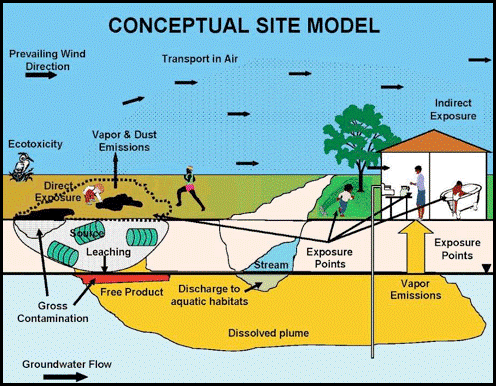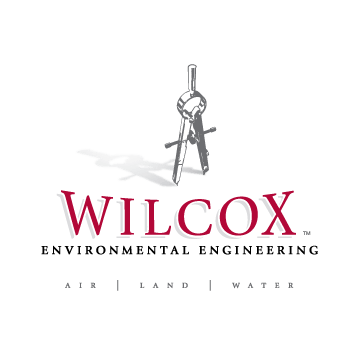Over my tenure as an environmental consultant, I am reminded almost daily that the collection of environmental samples is the foundation of our business. Sample collection is much more than just the modest act of “filling up sample jars and submitting them to the lab.” The rudimentary purpose for collecting samples is to answer a specific question about the relationship between a suspected or known contamination source and the risk it could, or is currently imposing, on specified receptors, primarily humans. Having a rigorously defined sampling objective and sampling plan will ensure that each sample collected advances the project towards closure, as the last thing you want to inform a client is that the latest data told us something we already knew.

Before sample collection, the development of the sampling objective is done. The sampling objective will define the media sampled, sample quantity, and compounds of interest. Wilcox takes the time to development comprehensive sampling plans that ensure applicable regulatory obligations will be achieved while still minimizing the property owners’ future liabilities and cost. Analytical data is used over a project duration to help tell the story about the areas of impact and the magnitude of the contamination. This is generally called a Conceptual Site Model (CSM), which synthesizes and crystallizes what is already known about a site that is pertinent to decision-making requirements. During the investigation phase of a project, the CSM is continually refined as each sample is collected. A CSM not only captures what is known about a site, but serves as a tool to identify data gaps. A well-developed CSM will be able to quantify the impact on all endpoints through the use of scientific principles and historical project data. It is at this time, and this time alone, that a compressive remedial approach should be developed, as a premature remedial action can be waste of financial resources.
Our experience, innovation, and regulatory knowledge enables us to use a variety of sampling techniques to ensure that representative samples are collected. We routinely collect grab samples when sampling subsurface soil, surface water, and groundwater from a single location. Some media such as surface soil and air lend themselves to composite sampling where equal aliquots from multiple locations are mixed or collected over time into a single sample for analysis. It is imperative that each sample is collected with proper field notes and chain of custody to document the sampling technique, sample location, field observations, decontamination, sample preservation, and transportation to the laboratory. At the laboratory, a standardized method is utilized to prepare and analyze the sample for the selected compounds.
The laboratory analysis of samples results in hundreds of individual compounds being reported during a single sampling event. During the lifetime of a project, the number of samples and associated analytical results can range from a dozen to hundreds if not thousands of data points. Wilcox has invested in an EQuIS data management system (DMS) to help organize the data directly from the laboratory. The DMS allows us to easily export the data for analysis and reporting while maintaining the highest level of data integrity.
While sample collection seems simple, it is quite complex; as a result, Wilcox staff employ many tools and techniques to ensure the data collected is representative and useful in solving our client’s environmental problems.
